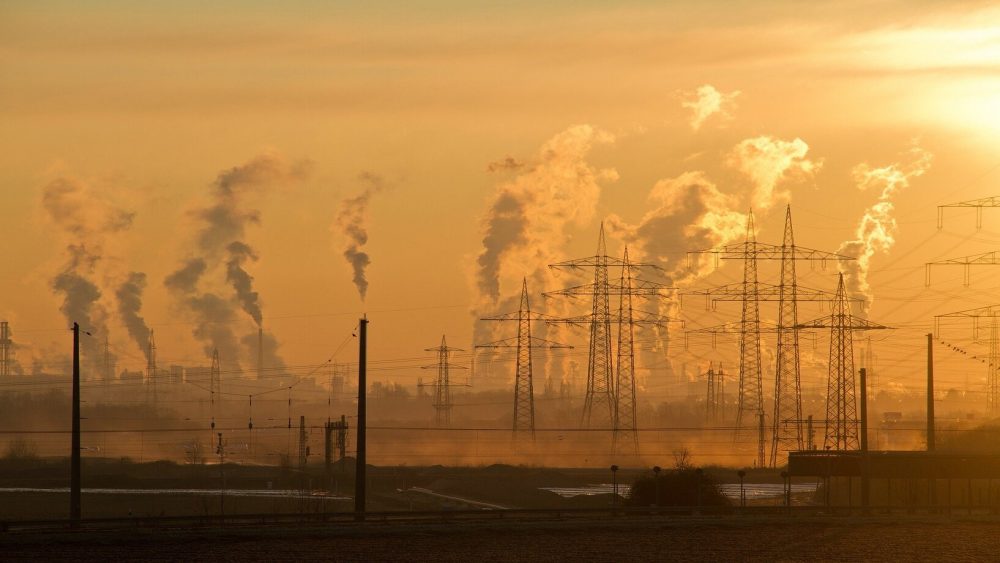Contrary to western countries, pollution has always been an exclusion from property all risk insurance and other liability policies. It is only in 2008 that Chinese government started locally pilot programs to introduce pollution liability insurance. Today, apart from some provinces that have made it mandatory in certain zone, this insurance is available on voluntary basis only. A report from Xu, X. K. and Jiao, J.Y. (2020) Effect and Choices of Environmental Pollution Liability Insurance in Provinces of China provides very interesting outcomes on such insurance in China. We review in this article the main conclusions
Low market penetration
Pollution Liability insurance is bought in less than 50% of companies in most provinces, so the product and market are, by result, not fully mature yet. Even where the policy is made mandatory in certain provinces, it is only in specific pilot parks, not everywhere. One of the reasons that the penetration is low is explained by limited coverage and its voluntary basis. Indeed, pollution liability insurance only covers direct environmental losses, but companies at fault will face many indirect losses such as fines or loss of reputation which are not covered by policy. They will also be required to close the factory for a long period of time, and business interruption insurance cannot be activated for such cases.
No proof of positive impact on environmental issues
Even in provinces where this policy was made mandatory, study shows that it has little impact on overall pollution risks. Many smaller companies which have implanted this insurance may not pay much attention to pollution risks leading to increased risk behaviour and pollution insurance itself cannot influence on polluter’s emission. Whether companies have insurance or not, they may not inform their insurers to prevent governmental bodies to know about it and face further official sanctions. Risk assessment required when putting such liability policy in place is not enough to curb risk of pollution. Only additional regulation on emission could have a significant impact.
Industrial facilities is not the only risk
Pollution liability insurance is focusing on industrial facilities. But recent history shows that major polluting damages like Tianjin blast in 2015 is not due to a high-risk industry: it was due to a logistic company that was gathering too many dangerous goods. Having a wider pool of insured for environmental pollution risks will help reducing overall risks but without incentive, low risk companies are unlikely going to buy insurance.
Though coverage of pollution liability insurance is not wide enough, it is still helping factories around China to cover direct environmental risks. With tightening regulation and increase environmental risks, such policy should become more common in coming years, and hopefully, the scope of coverage will widen.
If you are looking for environmental risk solutions for your company, please get in touch with our team in China.



Comments are closed.